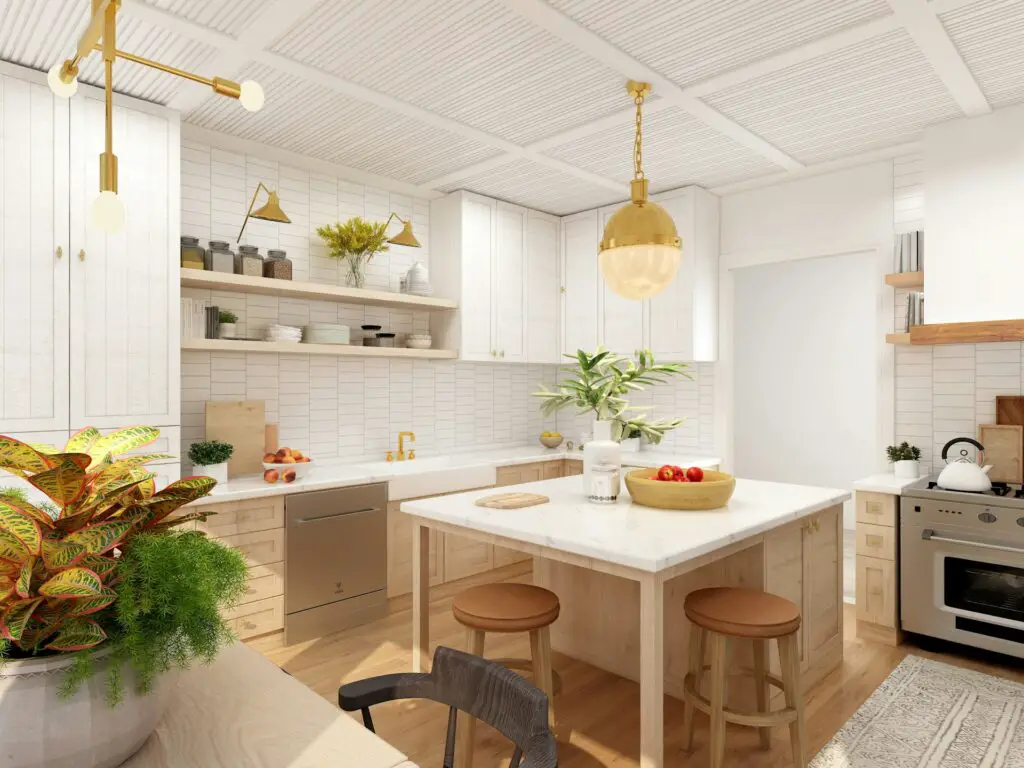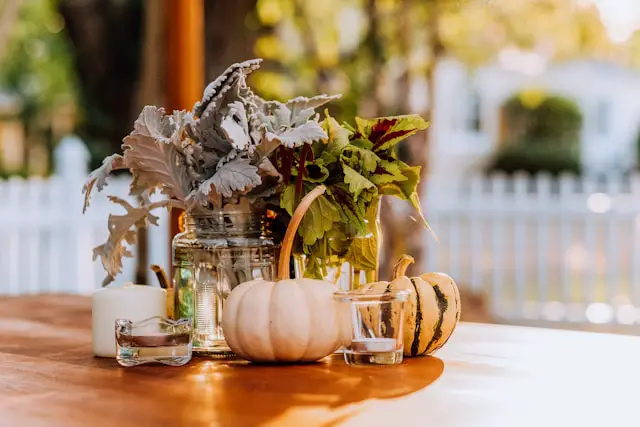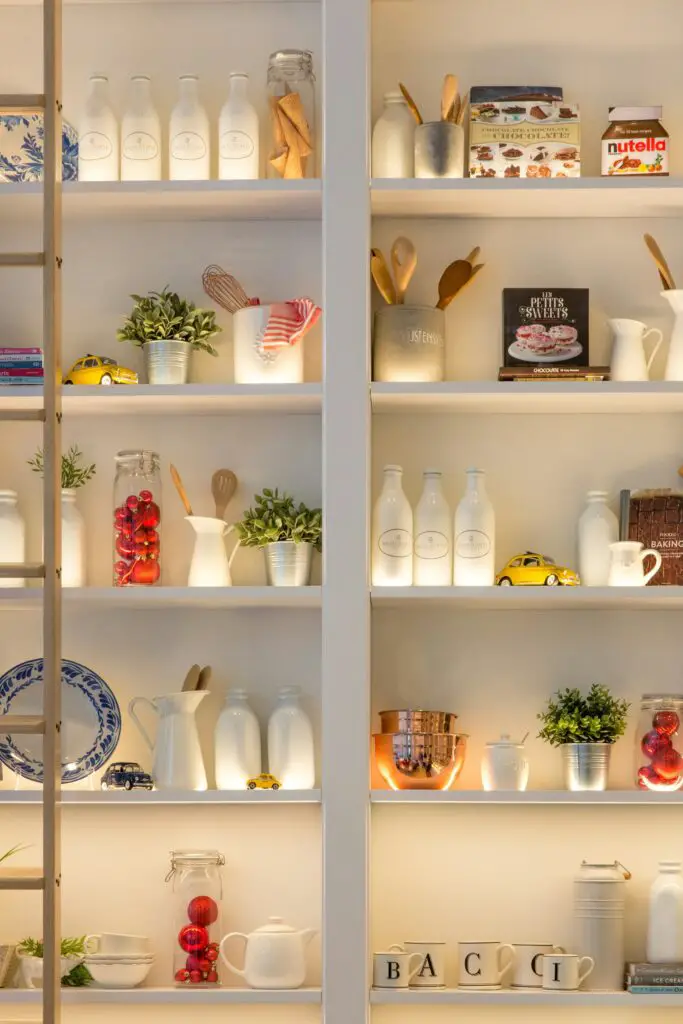Have you ever walked into a kitchen or dining room and been captivated by the vibrant, colorful displays of fruit and vegetables on show? The secret behind many of these stunning setups is often artificial fruits and vegetables. These lifelike replicas can add a touch of freshness and charm to any space without the hassle of dealing with real produce. This article will explore how you can incorporate these delightful decorations into your home.
Understanding the Trend of Artificial Produce Decor
The use of fake vegetables and artificial fruit that looks real isn’t a new concept, but it’s one that’s gained renewed popularity in recent years. Historically, people used dried or wax fruits for decorative purposes. Today, advanced manufacturing techniques allow for the creation of incredibly realistic fake vegetables that can fool even the keenest eye. The main appeal lies in their longevity as they don’t spoil, rot or attract pests. This makes them a low-maintenance option for those who want their home to look fresh and inviting year-round.

The rise of artificial produce in home decor can also be attributed to the growing interest in sustainable and eco-friendly living. By choosing realistic fake vegetables and fruits, you can reduce food waste and minimize your environmental impact.
What’s more, as people become conscious of their ecological footprint, the popularity of artificial fruits and vegetables as decor is likely to continue growing. That’s because these durable, long-lasting decorations don’t contribute to the carbon footprint associated with growing, transporting and disposing of real produce.
Choosing Lifelike Artificial Fruits and Vegetables
When selecting fake vegetables or artificial fruits that look real, class is key. High-quality items are crafted with great attention to detail, including accurate colors, textures, and shapes that closely mimic their natural counterparts. Popular choices include apples, lemons, oranges, grapes and various herbs.
To create a visually appealing display, consider mixing different types of produce. For example, a bowl filled with a variety of artificial fruits can serve as an eye-catching centerpiece on your kitchen counter or dining table.

Creative Ways to Display Artificial Produce
There are endless possibilities for showcasing fake vegetables and fruits in your home. One simple yet effective way is to arrange them in decorative bowls or baskets on your countertops or shelves. You can also fill glass jars with smaller items like berries or citrus fruits for a vintage-inspired look.
For a more immersive effect, consider incorporating faux vine plants along with your lifelike artificial fruit. Hanging these vines around cabinets or windows can create a lush, garden-like atmosphere.
Seasonal and Thematic Decor Ideas
One of the great advantages of using realistic fake vegetables is their versatility throughout the year. In the summer and spring, create bright, colorful displays using seasonal fruits like strawberries and peaches. As autumn approaches, swap these out for pumpkins, gourds and cornucopias filled with harvest-themed produce. During the winter holidays, add touches of faux cranberries and holly to give your space a festive feel. These seasonal adjustments can help keep your decor fresh and aligned with the changing seasons.
Caring for Your Artificial Produce Decor

To keep your fake vegetables looking their best, regular maintenance is essential. Dust them periodically using a soft cloth or duster to prevent build-up that can dull their appearance. For deeper cleaning, gently wipe them down with a damp cloth. Remember though to be careful not to use any harsh chemicals that could cause discoloration.
When storing seasonal items, place them in airtight containers to protect them from dust and damage until you’re ready to use them again.

Incorporating Artificial Produce in Entertaining Spaces
Your dining table isn’t just for meals – it’s also a great stage for showcasing realistic fake vegetables and fruits. Consider designing a stunning centerpiece using a mix of different types of artificial produce arranged in an elegant bowl or tray.
You can also decorate your kitchen island with these items to create a multifunctional space that’s both practical and visually appealing. Unique arrangements can serve as excellent conversation starters when entertaining guests, making your home beautiful and inviting.
Thanks to aldikhome for consulting.
Leave a Reply